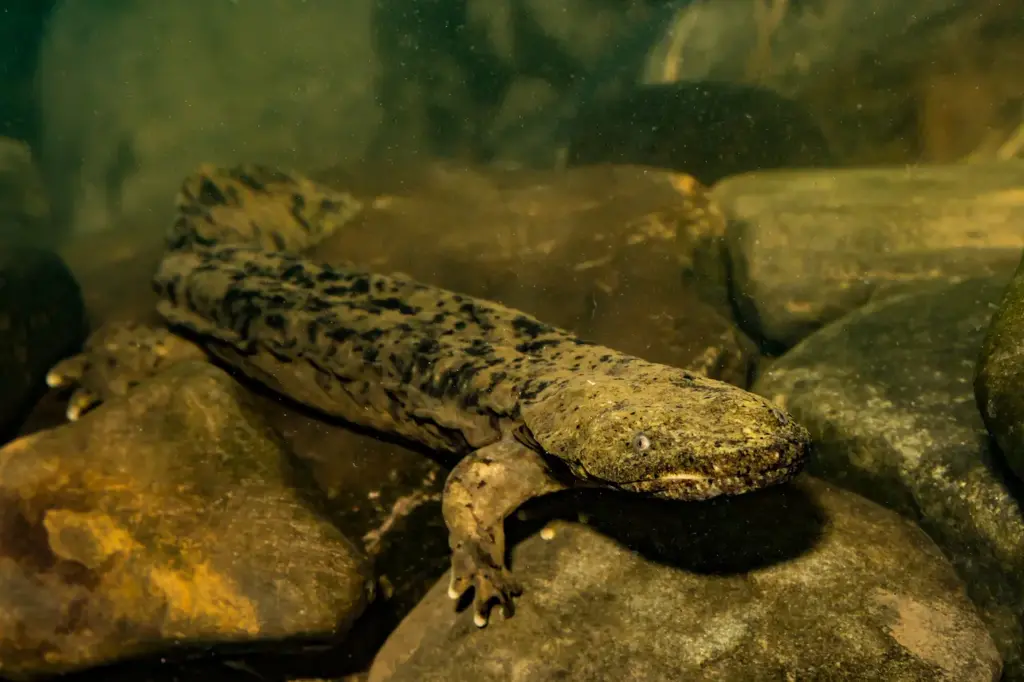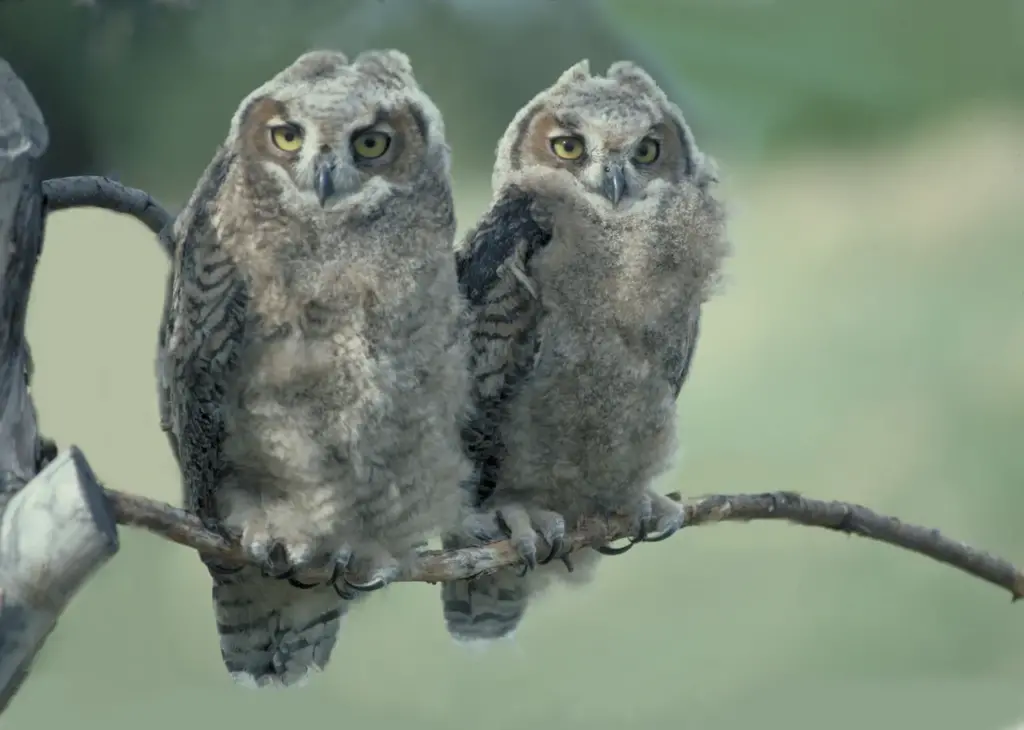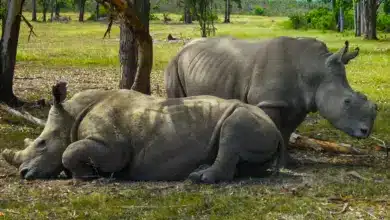China Devours The World’s Endangered Wildlife
Wildlife From Around The Globe Is Ending Up In China's Restaurants And Folk Pharmacies
In the spring of 2007, Chinese authorities boarded a large boat found deserted and adrift in their national waters. They discovered a cargo hold literally crammed with an international array of living animals—13 tons of them in all— that apparently had been destined for sale in China’s booming black market in wildlife. There were turtles and lizards from all over Asia, as well as over 1,000 freshwater turtles that had come from Brazil. There were several dozen pangolins, or scaly anteaters, native to the tropical rain forests of the Old World, and over 20 bear paws wrapped in paper.

The crew of the craft had apparently abandoned their lucrative cargo in order to avoid detection and arrest after their engine died. No identification papers were found.
But this boatload of animals bound for China was unusual only in that the creatures were rescued, with many of them surviving their days or even weeks of dehydration, starvation and overcrowding. Conservationists say that many such boats continue to regularly transport wildlife to China, and it is logical to assume that the vast majority do not develop engine trouble. Instead, they safely and quietly reach ports where they can transfer their illegally trafficked wildlife and wildlife products into eagerly awaiting hands. Animals—many of them endangered or verging on becoming endangered—are also smuggled into China via a number of overland routes from Russia, Myanmar (Burma) and other neighboring countries.
The Chinese as a nation love wild animals of all kinds. They love to eat them—both as a demonstration of conspicuous consumption as well as to “absorb” some of the coveted qualities of the wild creatures they consume—and they especially love to make traditional “medicines” out of them. China’s huge population and relatively new affluence have meant that, not only have demand and prices for the earth’s illegally harvested wildlife skyrocketed in the last couple of years, but so has the incentive for, and the determination of, illegal harvesters the world over. Law enforcement officials as far from China as Zimbabwe and South Africa have reported a growing sophistication and greater reliance on expensive, state-of-the-art technology on the part of wildlife poachers in their countries, developments that can almost certainly be attributed to the amount of money the Chinese and other Asians are willing to pay for certain wildlife products.
Rhinoceros horn, for instance, now fetches a per-kilo price that is about one-third higher than an equal weight of gold. Chinese “folk pharmacists” grind up rhino horn and sell it as a “cure” for fevers and other maladies. Meanwhile, in order to obtain rhino horn, many poachers in Africa and Asia shoot rhinos with tranquilizer darts—thus avoiding the sound of a rifle shot—then hack the horns off the unconscious animals before leaving them to bleed to death or die slowly from an infection.
For another example, tiger parts, including tiger bones, eyes, and penises, are so highly prized for “curing” various afflictions as well as for enhancing a number of human physical faculties that the retail value for the components of one tiger can range from $25,000 to $50,000. Nor is a perennial Chinese proposal to permit commercial tiger ranching likely to reduce the impact on dwindling populations of wild tigers, because the purists among Chinese tiger consumers greatly prefer the “magic” of wild-bred beasts. It is likely that tigers will become extinct in the wild within the next 10 years, largely as a result of Chinese demand.
As wild tigers become increasingly scarce, bones and other parts of wild African lions have recently been making their way to China as a tiger substitute. Lions have also been decreasing in number, though not yet to the same extent as tigers.
Pangolins, for their part, not only are considered excellent table fare, but their scales are thought to have a variety of “medical” uses, from improving lactation to curing cancer. Of the 8 pangolin species native to Asia and Africa, two—the Chinese pangolin and the Sunda pangolin—are already classified as Endangered by the International Union for the Conservation of Nature (IUCN), and 4 others are listed by the IUCN as Near Threatened. Pangolins are reported to be worth as much as $50 a pound, or $95 a kilo, in China, where they are served fairly openly at high-end restaurants.
China is also the world’s largest consumer of freshwater turtles and tortoises, many of which are being pushed toward extinction. Turtles, snakes, crocodiles, and other reptiles are eaten as well as used medicinally in the belief that their consumption can cure skin diseases, relieve pain, and provide other physical benefits.
A remarkable species native only to China—the Chinese giant salamander, which, at a maximum of 1.8 meters or nearly 6 feet in length, is the world’s largest amphibian—is now nearly extinct because it has been relentlessly hunted for food by Chinese people.
Seahorses are ground up and used by Chinese folk pharmacists as an asthma remedy.
Chinese purveyors also illegally import primates, including monkeys and gibbons—more than a dozen species of small, Southeast Asian apes, all of which are endangered—for high-end table fare, as well as for use in making folk medicines.

The gall bladders of bears are sold in China, where the bile is extracted for use in “curing” stomach ailments and in the belief that it can break down gallstones. The paws of bears are also eaten and used in a number of “medicinal” applications; a single paw can reportedly fetch a retail price of over $500. As a result, parts of illegally killed bears from as far away as North America and northern Russia have ended up in Chinese markets, restaurants and pharmacies. China’s endangered native pandas are also occasionally consumed in the same manner and for the same reasons as other bears—although severe penalties for panda poaching and trafficking have cut down dramatically on the species’ commercial persecution.
China also has a long tradition of ivory carving. Much of the ivory artwork the country produces is truly exquisite—but much of the raw ivory itself comes from illegally killed elephants from both Africa and Asia at a time when wild elephant populations everywhere are declining.
In addition to its black-market wildlife imports, China, along with Taiwan, is the world’s largest importers of legally harvested shark fins, which are used to make a celebratory dish called shark-fin soup. Shark-fin consumption has zoomed with the growth of the Chinese middle class, resulting in the worldwide capture and killing of millions of sharks each year and the reduction of some species by as much as 90 percent. In many cases, after hacking off the fins they require in order to swim, shark fishermen the throw still-living, but helpless, sharks back into the ocean.
Because sharks are the top, or apex, predators in most ocean environments, the removal of large numbers of them has the potential to severely disrupt vast aquatic ecosystems the world over.
None of this is to say that China is the only Asian country that imports threatened wildlife; it is just the biggest, wealthiest, most insatiable such market, by far.
Nor is the Chinese government entirely apathetic in the face of the illegal wildlife trade. In fact, over the years they have made a number of high-profile busts that have resulted in the seizures of large amounts of animal products.
However, most conservation observers agree that, given the immense size of China’s wildlife market and the serious threat it poses to threatened animals on almost every continent, the Chinese government should not only be directing many more law enforcement resources toward the problem, but it should be doing a better job of educating its people about the terrible and probably irreversible damage some of them are doing to their own natural heritage, and that of the rest of the world as well.
Perhaps the best source for information on illegal wildlife trade of all types is the international monitoring network, Traffic.


